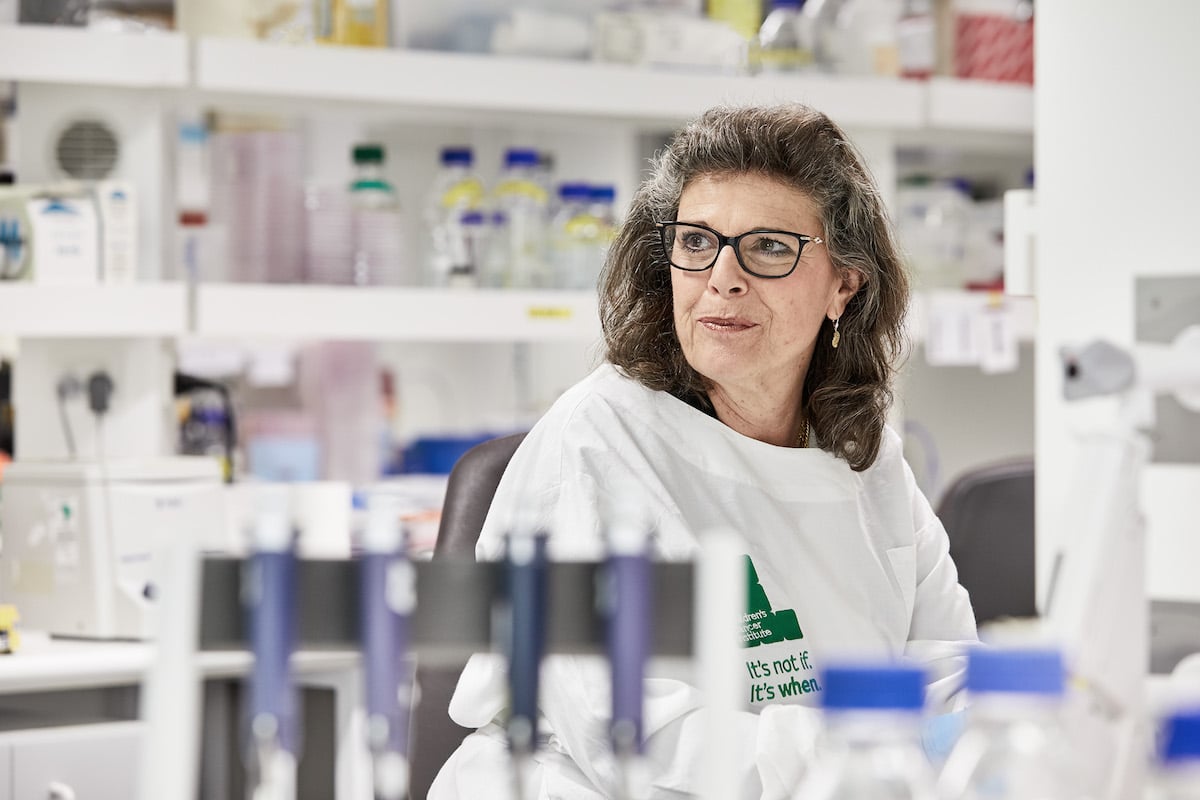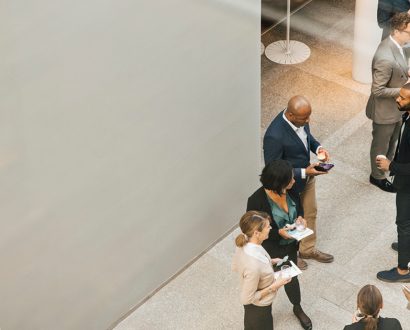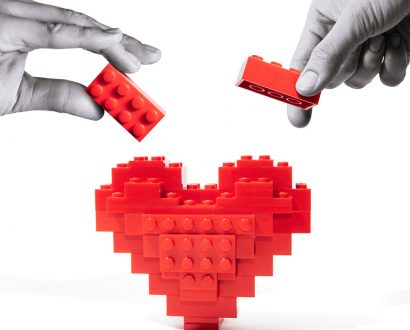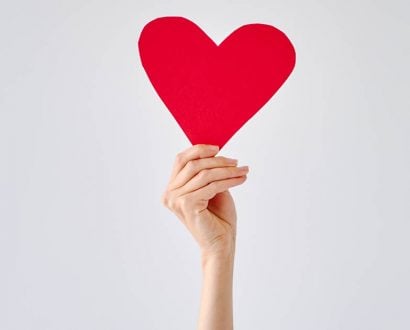Professor Michelle Haber has seen the Children’s Cancer Institute (CCI) grow from three people to 300 over more than three decades since she joined as a staff scientist in 1984. Thirty-five years later, she is now the Institute’s Executive Director, leading a large team of medical scientists dedicated to finding better treatments and, ultimately, a cure for childhood cancer.
Backed by world-class medical research and unwavering determination, Michelle and the team at the CCI are passionately working around the clock to find a cure for children’s cancer – and won’t stop until that discovery is made.
“Childhood cancer is the most common cause of death from disease of our children in this country and in the developed world,” Michelle states. “If we care for our children and their health, then supporting an organisation whose sole purpose is to find better treatments and cures for childhood cancer is absolutely key.”
“We have three children every week in Australia dying of cancer … this is three children too many.”
There are almost 1,000 Australian children and young adolescents who are diagnosed with cancer every year, Michelle tells The CEO Magazine.
While she acknowledges that there have been “tremendous improvements in survival over the past 60 years”, Michelle says there are still too many cases of children losing their young lives to cancer.
“We’ve gone from virtually no children surviving a diagnosis of childhood cancer to now where 80% of children surviving,” she says. “We’ve come an extraordinarily long way.”
When she started work at the CCI in the 1980s, it was barely 20 years after it was first recognised that cancer could be treated with chemotherapeutic drugs. “The concept that you could treat cancer with drugs was not known until the 1960s. That’s what led to that very rapid trajectory upwards in the survival rate,” she explains.
“It’s been a wonderful, probably the greatest, success story of modern medicine – but this is not a solved problem. Even with that, we have three children every week in Australia dying of cancer,” she says.
“If you’ve worked with families and parents who’ve lost their children, or if you have your own children, you get to know very quickly that this is three children too many. Every one of these deaths is horrendous.”
“I believe that our goal of a 100% cure is absolutely achievable and that’s what we’re working towards.”
Michelle adds that even though survival rates have improved, some of the treatments children are given can be brutal on their growing bodies. “Even if they survive their disease, they could be left with lifelong side effects and disabilities,” she says.
Progress towards a cure
The CCI is the only independent research institute in Australia which is wholly dedicated to childhood cancer, founded by parents and doctors of children battling cancer.
“Our vision is simply to save the lives of all children with cancer. That’s our goal,” Michelle states. “It was established for one purpose and that was to beat this challenge that is taking away the lives of more kids than any other disease in this country.”
“With CEOs being the leaders of the business community, having them partner with us in this physically raises funds but it’s also a demonstration to the community that people in leadership positions see this as a cause that is worthy of their time, their effort and their financial support.”
The reason for the need for specific research into childhood cancer is that cancers that affect children are vastly different to the cancers that adults get. While adult cancers tend to be breast, prostate, lung, bowel and skin cancers, for example, children get cancers of the developing organ systems in their young bodies, such as blood cancers like leukaemia or cancers of the brain and the central nervous system.
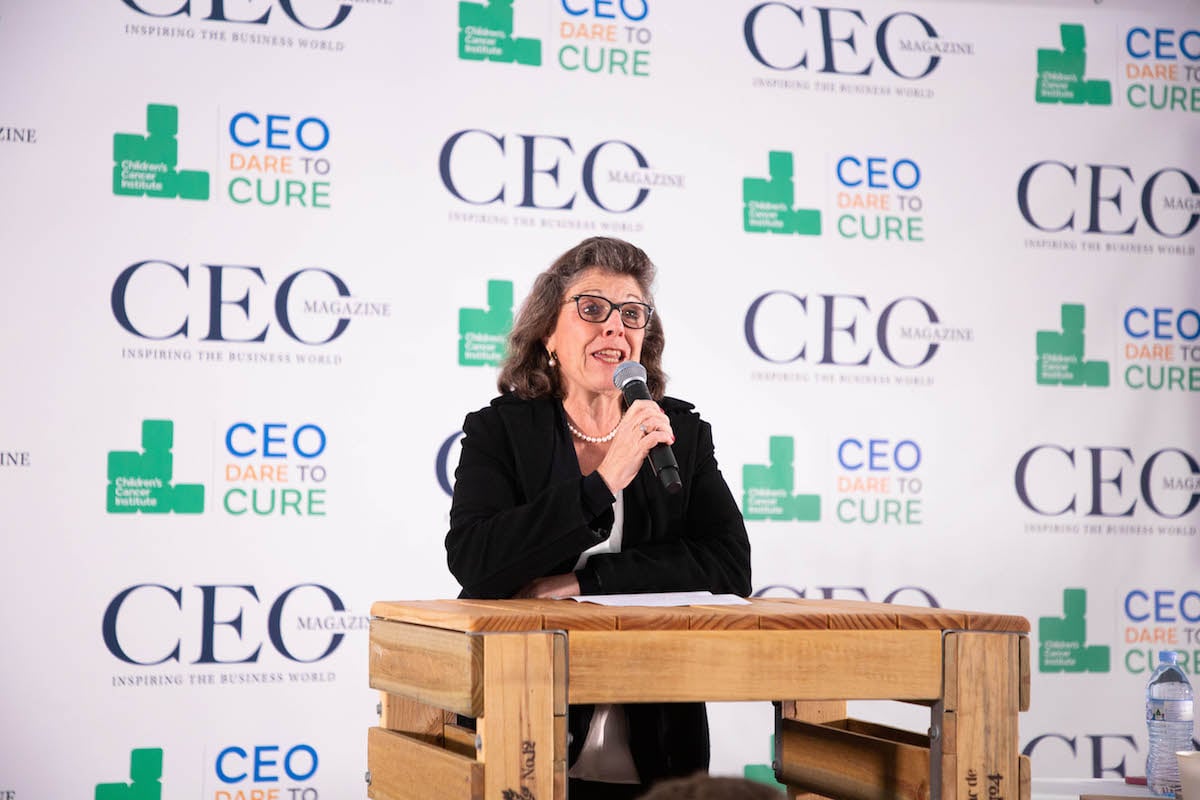
“The reason for that is that childhood cancer is effectively cancer that has been initiated during the time when the child is a foetus,” she says. “Because they’re different tumours, they require different treatments and a specialised focus.”
To add another layer of complexity, because every person’s DNA is unique, cancer cells are not the same in every body. “No two children are the same and, equally, no two cancers are the same,” Michelle explains.
Genetic bioinformatics, computational biology and precision medicine are marking a way forward in finding treatments that target specific cells in individual children, which is improving outcomes in patients.
“You have the opportunity to make a difference. We are at a pivotal point in the life of the CCI, in terms of its ability to make a real difference in taking that survival rate from where we are today, with three children dying, to one, to none.”
“In the past 15 years, with the advent of the sequencing of the human genome, we have the ability to precisely understand the genetic makeup of each child’s cancer and work out the genetic changes that are driving that particular child’s cancer to be aggressive,” Michelle explains.
“If we’re going to beat this disease, if we can tailor targeted drugs that just attack the specific genetic changes that are present in individual tumours, then it will make the treatment much more successful. It will also treat the cancer much more safely because you’re not damaging the normal cells.”
Michelle’s vision for the future is that in 5–10 years from now, genetic sequencing that matches “the right drug to the right patient” will be the way to treat every child that’s diagnosed, and ultimately every adult as well. That, combined a new wave of immunotherapies that harness the body’s immune system to help attack the tumour itself, will provide much more effective treatments.
“I believe that our goal of a 100% cure is absolutely achievable and that’s what we’re working towards,” she reiterates.
How CEOs can help fight cancer
“It’s up to us to make sure that our discoveries are progressed into new treatments for kids as quickly as possible,” Michelle says. “That’s what gets everyone in the Institute out of bed every morning – but we can only do that with the support of the community.
“It is donations and philanthropic support that allow us to support our teams, to drive their research and get those new treatments. It gives us the opportunity to invest in the latest technologies and the most hopeful areas to deliver the treatments of the future.
“With CEOs being the leaders of the business community, having them partner with us in this physically raises funds but it’s also a demonstration to the community that people in leadership positions see this as a cause that is worthy of their time, their effort and their financial support.”
At this year’s CEO Dare to Cure, executives will be plunging in ice baths, getting cosy with snakes, walking on hot coals and glass, shaving their heads and getting tattoos. “When you’re down there at 6am and you’re seeing these CEOs in pits with the snakes and having ice baths, and other horrific things, it’s really a wonderful sense of community engagement,” she says.
“By participating in the CEO Dare to Cure, CEOs have the ability to directly impact on our progress, on survival rates and the ability to make a real difference for these children, their families and the future.”
Michelle never dreamed she would ever get a tattoo – until she got inked at last year’s event to raise money for the Institute. It’s a composite of the tattoos each of her children have who, she says, were initially banned from getting tattoos.
“I have my tattoo on my leg that I’m looking at now, which is something that I’d never considered in my lifetime that I would do,” she reflects.
She wears it as a badge of pride that resembles her life’s work and her family. “When I look at it, I see my three kids and I see my reminder of the Institute. To me those two things, my family and this organisation of curing children’s cancer, have shaped my life and matter to me every day. That’s what the tattoo is of.
“People say to me, ‘That’s pretty raunchy.’ I say, ‘No, I did it for the Institute.’ Other people have said, ‘Oh but if you dye your hair green then you’ve only got it for one day. You’ll have that tattoo for life.’ Actually, that’s the reason that I chose to do it.

“This has been my professional life. I’ve been here for 35 years. It was my first job. It’s been my only job. I’ve seen the Institute grow from our initial staff of three to where we are at 300 and being an international leader in the childhood cancer area. I’m proud of having a mark on me that says that this is what I do and this is what I care about.”
Showing support at the CEO Dare to Cure
While last year’s event was “extremely successful”, raising around half a million dollars, Michelle says she would like to see many more CEOs get involved this year. “I would like to see us substantially succeed our goal,” she says.
“If we can double the number of CEOs then we can double that funding and that means double the number of scientists that we can employ to get to our goal of zero children dying of cancer faster and more effectively.”
Her message to CEOs is clear: “You have the opportunity to make a difference. We are at a pivotal point in the life of the CCI, in terms of its ability to make a real difference in taking that survival rate from where we are today, with three children dying, to one, to none.
“We are now at a point where we’re leading a national and international push to work towards personalised medicines. We genetically analyse the tumours of each child; we find the right drug for the right child at the right time. We believe that this is what is going to make the difference in going from 80% survival to our goal of Zero Childhood Cancer.”
What it takes to do that is the researchers and doctors at the Institute, but Michelle adds that it’s the funds that will help pay for the research that is going to cure these children.
“By participating in the Dare to Cure event, CEOs can directly impact on our progress, on survival rates and make a real difference for these children, their families and the future.”
A long career dedicated to finding a cure for childhood cancer
“Vision, hard work, absolute unwavering commitment to our cause,” Michelle answers when asked what led her to the executive level. “Believing that life had given me a unique opportunity to make a difference. It was an opportunity for this to be my life’s work.
“It’s taken much more than just good science. I’ve always believed that you can’t do these sorts of things on your own – you need to work with other doctors, with other research institutes, with other hospitals, with other international partners,” she says.
“Having the vision to believe that we not only could make a difference, but were absolutely obligated to make a difference. That if we were to be the Children’s Cancer Institute then we had to change the face of children’s cancer in this landscape,” she reflects.
“Having that passion for our cause and believing that, one day, we would do this, that’s allowed me to take on leadership role and to increasingly bring people along on the journey that I see is the one true path for the kids with cancer in this country.”

